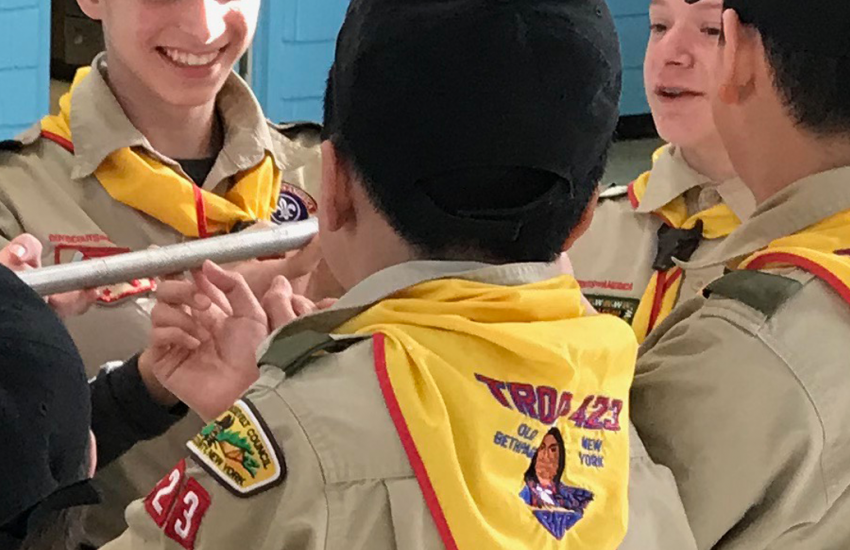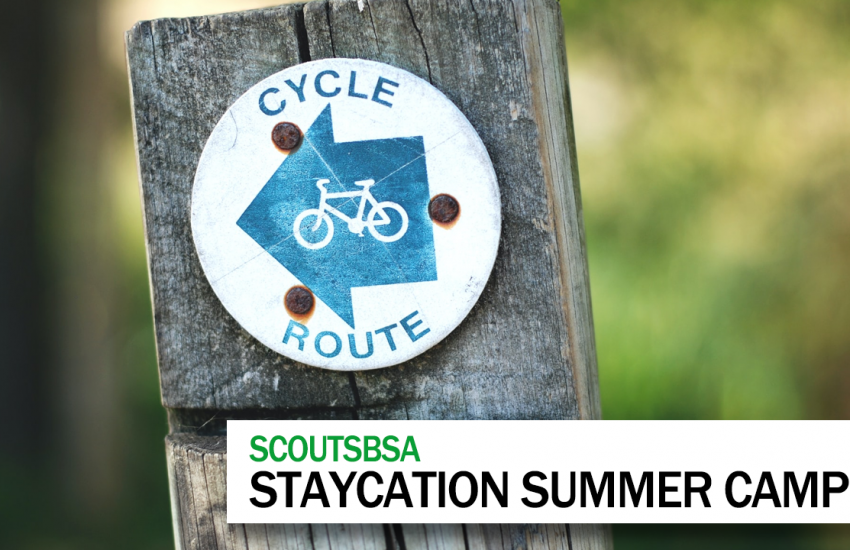Presented are 5 tips to keep your meeting running with the new Youth Protection and Adult Leadership guidelines.
Show Notes:
- Youth Protection and Adult Leadership (Scouting.org)
- The difference between ‘two-deep leadership’ and ‘no one-on-one contact’? (bryan on Scouting)
- “100 Years of Youth Protection” is a history of how YPT has changed in scouting over the years, with a timeline of milestones.
- The TENTH LAW: 100 Years of Life Saving Stories – Kindle Edition (Amazon)
Transcript:
As I’m sure all of you have taken your new youth protection training, you have of course heard of the new requirements that two registered adult leaders 21 years of age or over are required at all Scouting activities, including meetings.
If you have been running your particular program for a while, this can be a bit of a challenge, especially in the cub groups, where most often there has been a leader, the boys, and a gaggle of parents standing off the side. This hasn’t really been a problem, since there was always parents around even if all they did was chat in the back.
Now, this is not good enough, there has to be at least one other adult who has taken youth protection and is signed up as a leader.
To address this I’ve included here 5 tips to keep your meetings going;
Tip 1:Register a second leader
This one is the easiest, and what is intended for the program. Den leader is a big job, you should have help. Make a deal with another parent. It’s best if you can have them share responsibilities, but if you get push back, just explain the situation and hand them a form.
Tip 2: Have everyone in your den sign up and get registered as leaders.
“Leaders” is a nebulous term, they don’t need to sign up to be a den leader, signing up as a committee member is fine. This way regardless of the situation in cubs, you have someone who you know is signed up, as everyone is signed up.
It used to be, when you signed up as a tiger, you automatically got signed up as a leader. If you follow this with the younger dens, as the boys mature through the program, you know someone is available.
Tip 3: Meet in the same location as another den.
If you meet in a school, and one meets in the cafeteria and one in the gym, if there is a problem you can meet in the same room on opposite sides to run your program, since you know the other leader is registered. Doing this in a pinch can save your program.
Tip 4: Register Floaters
Sometimes it’s cost prohibitive to register all the parents. Not only is there a management problem, keeping them all registered and trained, but you muck up your charter with lots of people that honestly don’t add to your program but you are paying per person for each year.
An alternative strategy to this is to select 3-5 people who you register with the committee with the express objective that they can be called on short notice to come down and sit in on your meeting.
Just give them the names and phone numbers of all your leaders, your meeting time and location and have them keep it in their car. Then when you need them, have them come down for the hour. Remember, they don’t need to do anything, just be present.
Tip 5: Get to know your local troop
Unless your troop is very small, there are usually more than two registered leaders at your troop. Get their phone number and in a pinch, give them a call. Speak honestly to the troop. There are probably folks registered for their committee that would be happy to receive a call occasionally when needed, as they are really only needed for the youth protection aspect, not to run your program.
It’s to the troop’s benefit to have a good working relationship with the pack, so you will most likely get a positive answer if you ask.
Take what you like and leave the rest, and as we say in Woodbadge, feedback is a gift, leave yours below in the comments, with the hope we can all learn together.
I’m Scoutmaster Dave, and this was youth protection and adult leadership.




